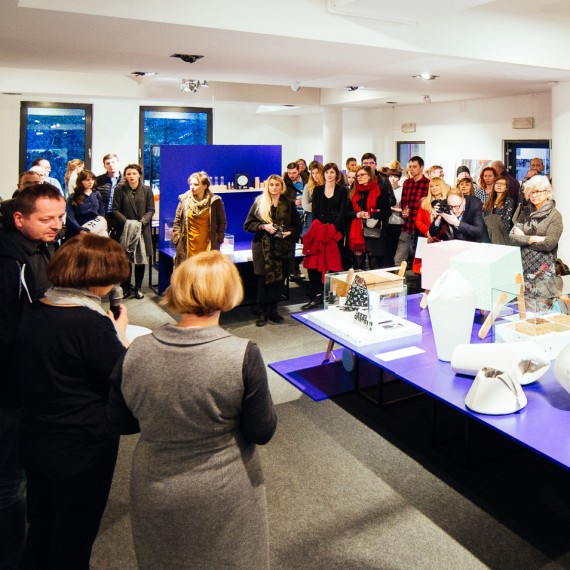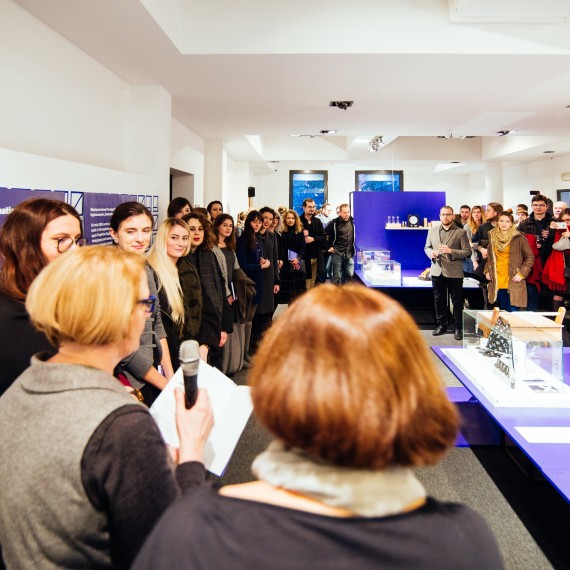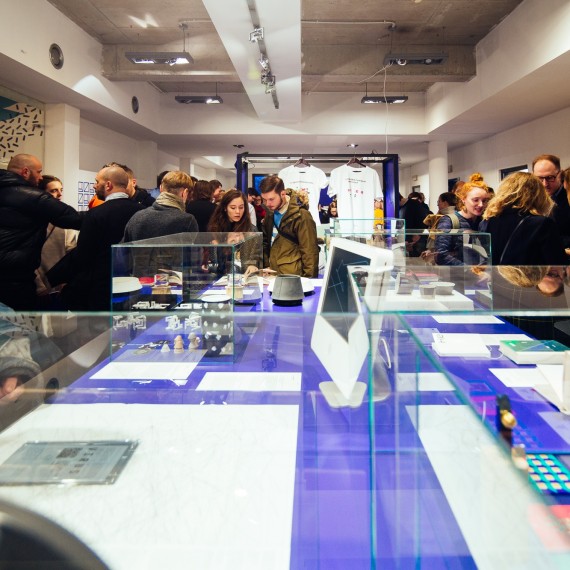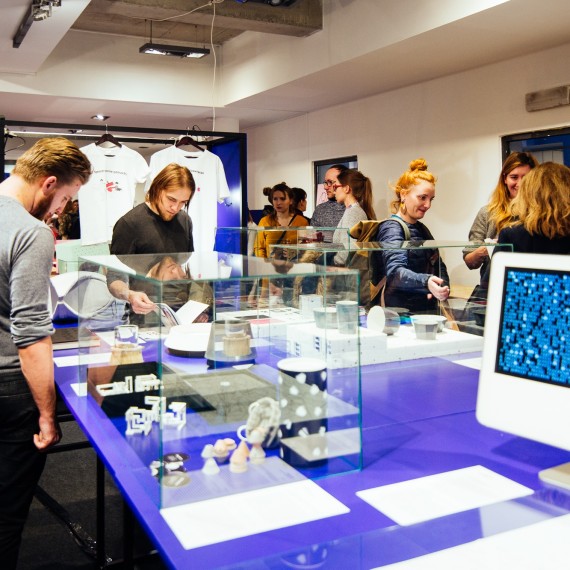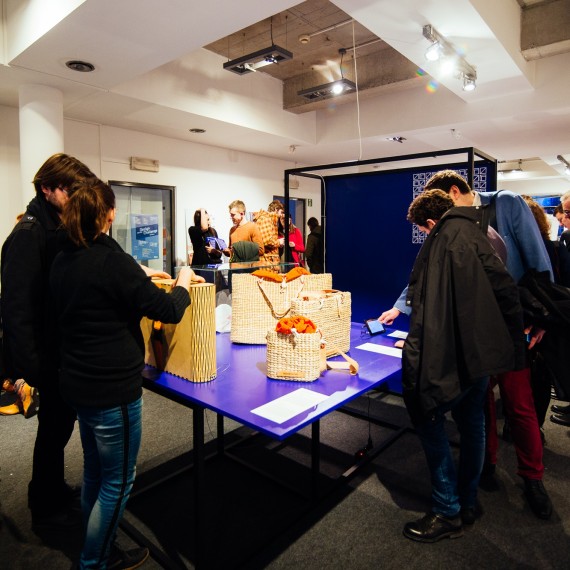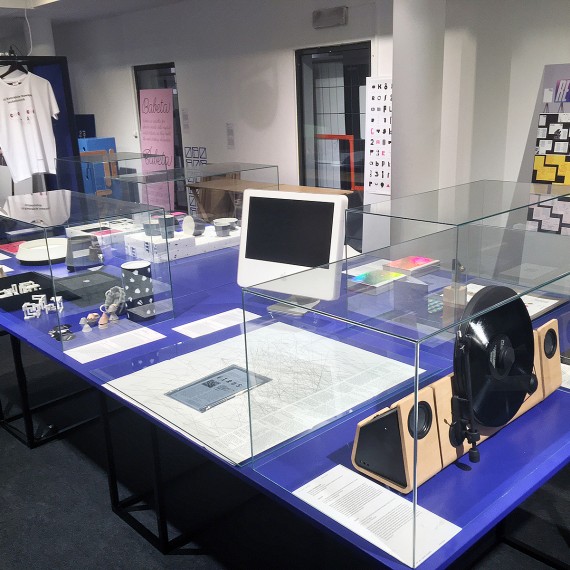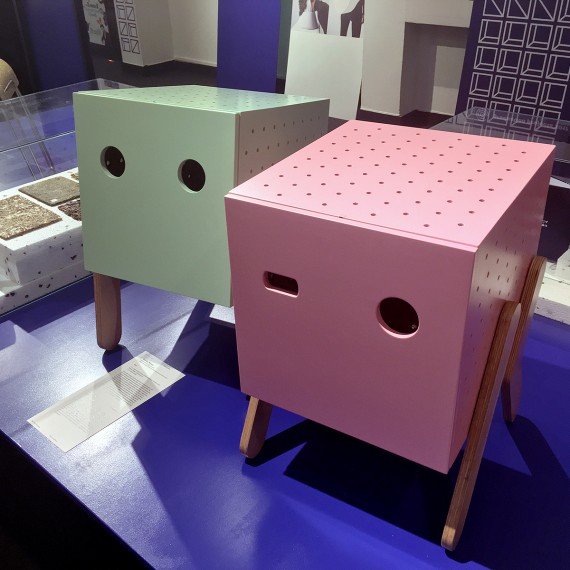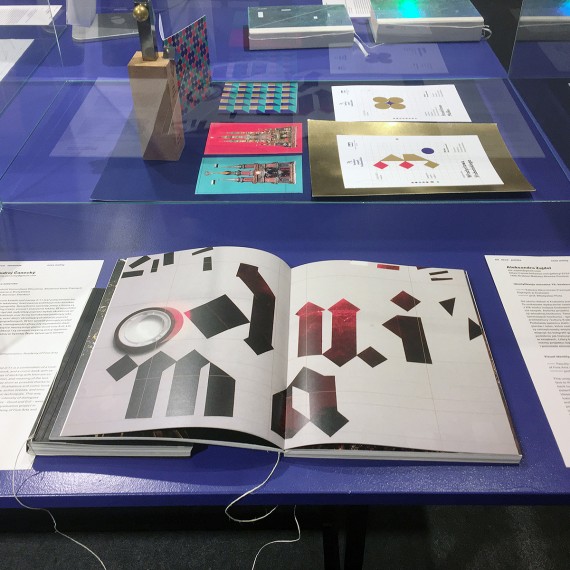The Graduation Projects 2017 exhibition
The Graduation Projects 2017 exhibition of the best diploma works was opened on 27 January 2018 in Zamek Cieszyn by Ewa Gołębiowska, the director of Zamek Cieszyn, and Czesława Frejlich and Kuba Sowiński, representatives of the design quarterly 2+3D. The guests of the opening were the awarded graduates from the Visegrad Group, designers, and representatives of design universities.
The exhibition presents 40 projects – MA and BA works – of graduates of design universities from the Czech Republic, Hungary, Poland, and Slovakia, selected from over 360 submitted works. The review of this year’s projects shows that the border between graphic design and applied design is becoming blurred, and the young designers are eager to enter completely new areas and to experiment.
This year, the projects have been divided into groups reflecting the areas of research interests of the young designers. The at work section presents, among others, Małgorzata Buksińska’s (PL) project Designer and Client. Cooperation Guide or the HAY Chair inspired by the hilly landscape of Slovakia and made of 100% biodegradable and recyclable material. The free time section seems to be the most experimental one, which can be seen in Lucie Hájková’s (CZ) project INGENIO – a vertical gramophone – or Jakub Spurný’s (CZ) VIRUS sci-fi gamebook, inspired by various simulation theories, where the reader plays the main part in the story. To buy is a section presenting projects related to fashion entering brand new fields, for instance, Zsófi Lévai’s (HU) INTERKNITTING joins the discussion on the future of interpersonal communication. Its author concentrates on the interaction between people and computers: clothes are like a flexible interface around the human body. The footwear designed by Gabriella Veszprémi (HU) brings design closer to the world of fashion, blurring the borders between art and new wise craft. The back to school section refers to broadly understood educational projects. Weronika Racz (PL) has created an educational game whose primary goal is to present the classification of typefaces. Through teaching the history of typefaces, the game helps understand modern typography. The METI furniture designed by Csaba Barna (HU) is a simple and inexpensive storage system based on children’s activities, behaviour and imagination. The projects presented in the food for thoughtsection require a moment of reflection and analysis. Lucia Gamanová (SK) has redefined the standard idea of a diary as a space combining the private and the public, available in the form of a blank copy. Kristóf Láng (HU) has developed an experimental BABEL typeface based on the 26 letters of the Latin alphabet, which have remained practically unchanged for 2000 years. A set of glyphs modelled on that has extended the typeface by 178 additional symbols, which present the changing perspectives of the spatial object. The goal of the project is to demonstrate the need for using graphic signs and to emphasise the relativity of modern letterforms. The call for help section presents the designer-medicine and designer-health relationship. The duo of Ewa Dulcet and Martyna Świerczyńska (PL) have designed MIKO jewellery pieces which, apart from being beautiful, have an additional physiotherapeutic function. This way, the collection transfers the objects from the medical to the lifestyle domain. Nina Woroniecka (PL) is the designer of MEMO – an everyday therapy kit for people with Alzheimer’s and their carers.
The exhibition has been arranged by Natalia Jakóbiec (Wzorro Design), designed by Agata Korzeńska (IDEE), and coordinated by Wioletta Beczek (Zamek Cieszyn).
The exhibition is part of the “Graduation Projects Platform” project financed by the Ministry of Culture and National Heritage.

